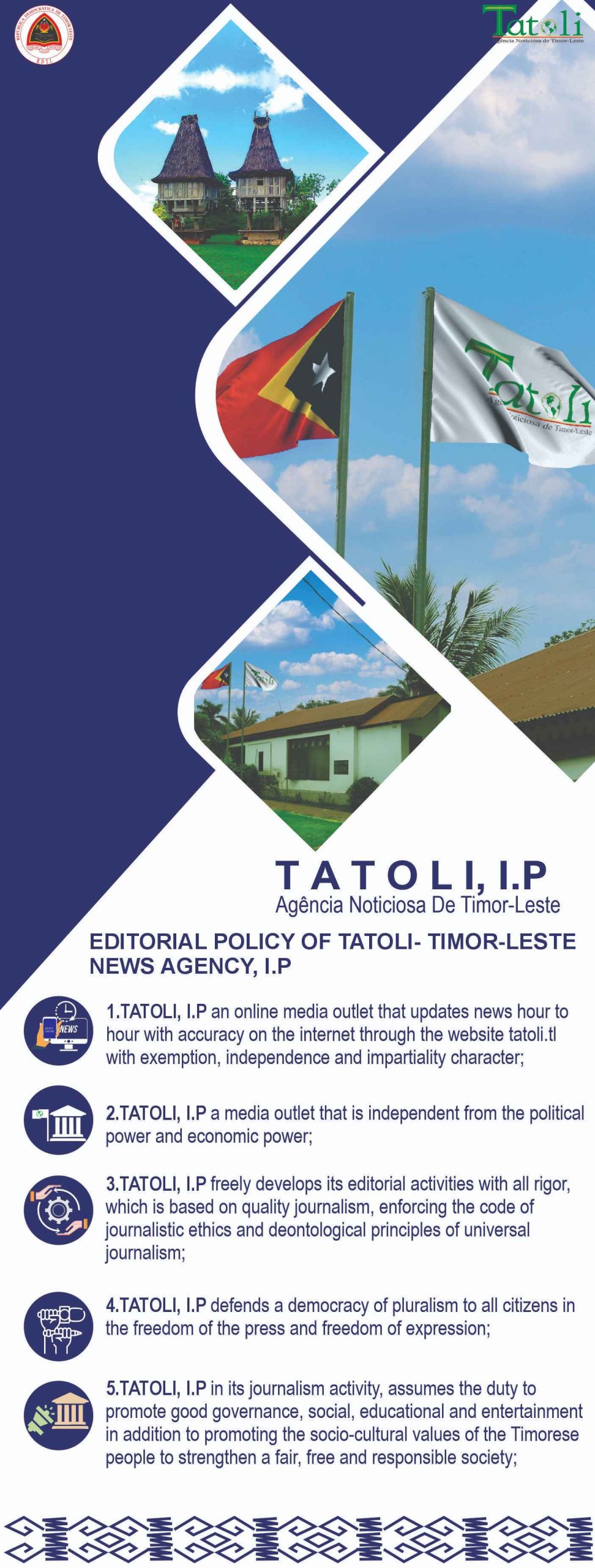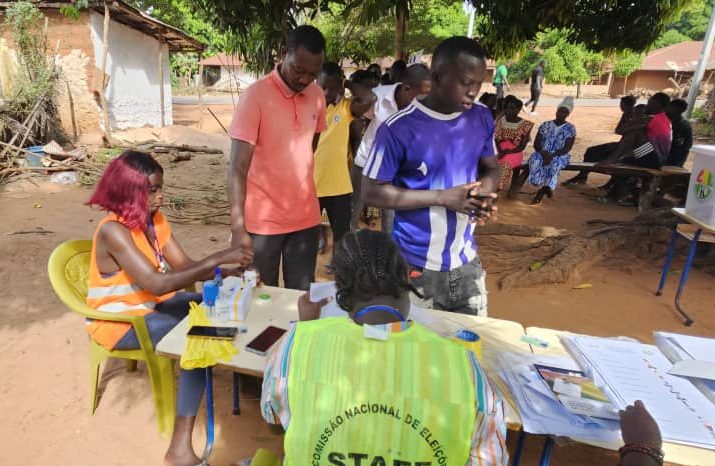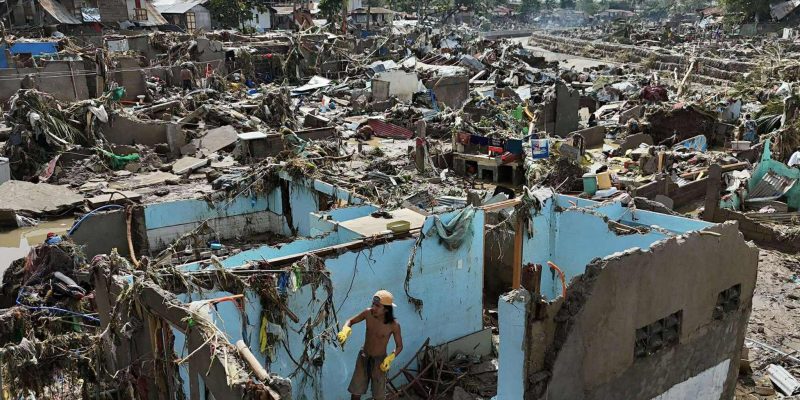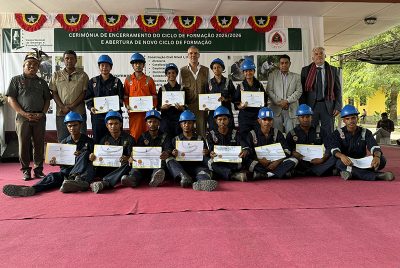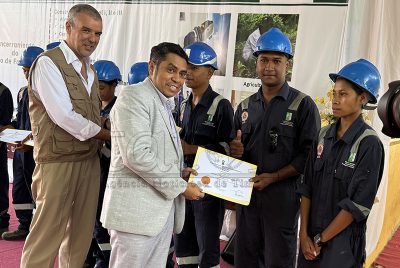GUINEA-BISSAU, 23 November 2025 (TATOLI) – Guinea-Bissau, a full member of the Community of Portuguese Language Countries (CPLP), held both Presidential and Parliamentary (Legislative) elections this Sunday to choose new leaders for a five-year presidential term and a four-year legislative mandate.
The electoral process in Guinea-Bissau was observed by the g7+ Organization, led by the Head of the Electoral Observation Mission, Christina Joanna Mitini, accompanied by g7+ Director of Operations, Felix Piedade.
According to Felix Piedade, the elections in Guinea-Bissau were conducted in a genuinely democratic manner, with no irregularities observed. Polling stations opened punctually at 7:00 a.m., and citizens enthusiastically participated to elect leaders they trust.
“Today our g7+ team observed the opening of the general elections for both Presidential and Legislative contests. At the polling stations we visited, voting began punctually at 07h00 in the morning, with the presence of other international observers also noted,” Felix Piedade told Tatoli in Bissau.
He explained that the mission noted the elections were well-organized and democratic, comparable to processes in other nations.
The Director added that during the opening of the polls, the presiding officials themselves cast the first votes, followed by representatives of political parties present at the polling stations.
“What we noted in this election is that each Polling Assembly Table (MAV) was composed of only three officials: the Table President, the Table Secretary, and the Scrutineer. Before giving voters the opportunity to cast their ballots, the table officials first facilitated early voting for members of the military and police, who deposited their ballots into the box,” Felix explained.
The g7+ Electoral Observation Mission monitored the process from opening through voting and closing, ensuring full coverage of the election.
Felix Piedade further explained that the Presidential and Legislative elections were held across nine regions: Biombo, Oio, Cacheu, Tombali, Bafatá, Gabú, Quinara, Bolama, and the Autonomous Sector of Bissau.
On election day, the mission divided into three teams: In Bissau, led by Christina Joanna Mitini and Felix Piedade; In Oio, observed by Melvim Nascimento Castro, Secretary-General of the National Electoral Commission of São Tomé and Príncipe, accompanied by g7+ Personal Assistant Vitor Liu Gonçalves. In Biombo, observed by g7+ Protocol Officer and partner Elísio Monteiro, alongside Elviro Fernandes, Director-General of the Technical Secretariat for Electoral Administration (STAE).
Tatoli’s field observations confirmed that before 7:00 a.m., polling officials prepared the ballot boxes and showed them to voters before sealing them, ensuring transparency before voting began.
According to Tatoli’s data, across the nine regions there were 29 electoral constituencies, with a total of 3,728 Polling Assembly Tables (MAVs). The number of registered voters participating in the elections was 966,159.
Tatoli also noted that most polling stations were set up in public spaces, often along roadsides. Voters received two ballots; one for the Presidential election and one for the Legislative election –before casting them in separate ballot boxes after marking their choices in the voting booth.
Journalist: Arminda Fonseca
Editor: Rafael Ximenes de A. Belo




